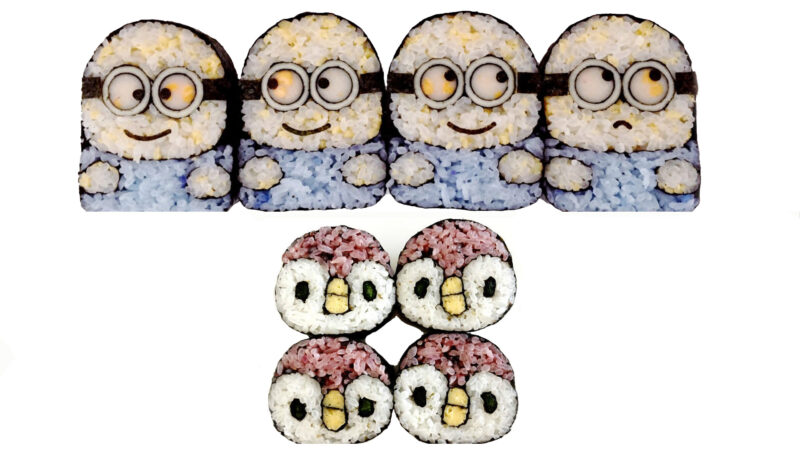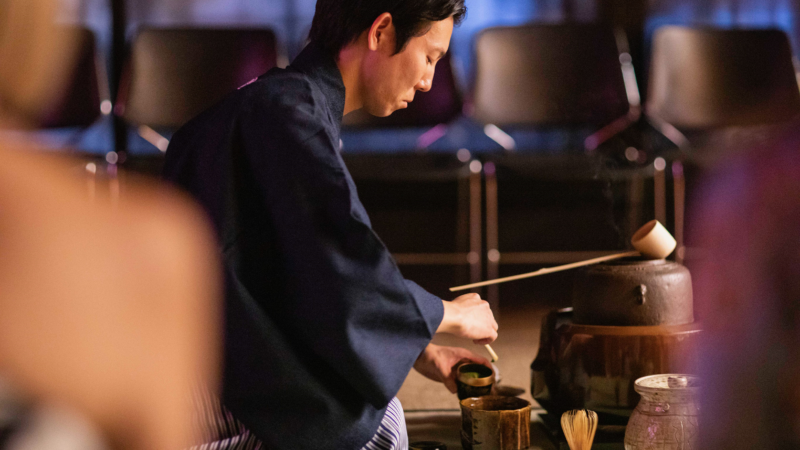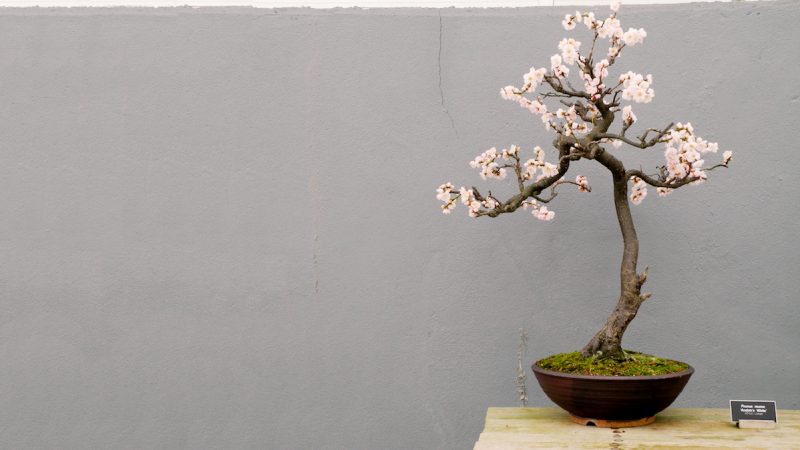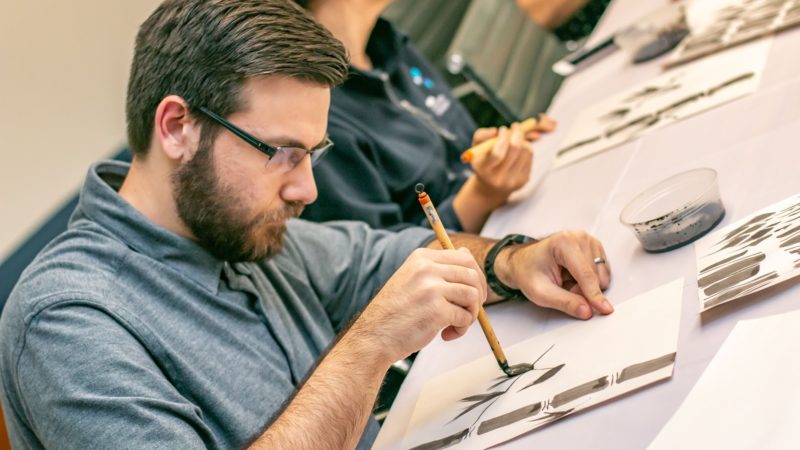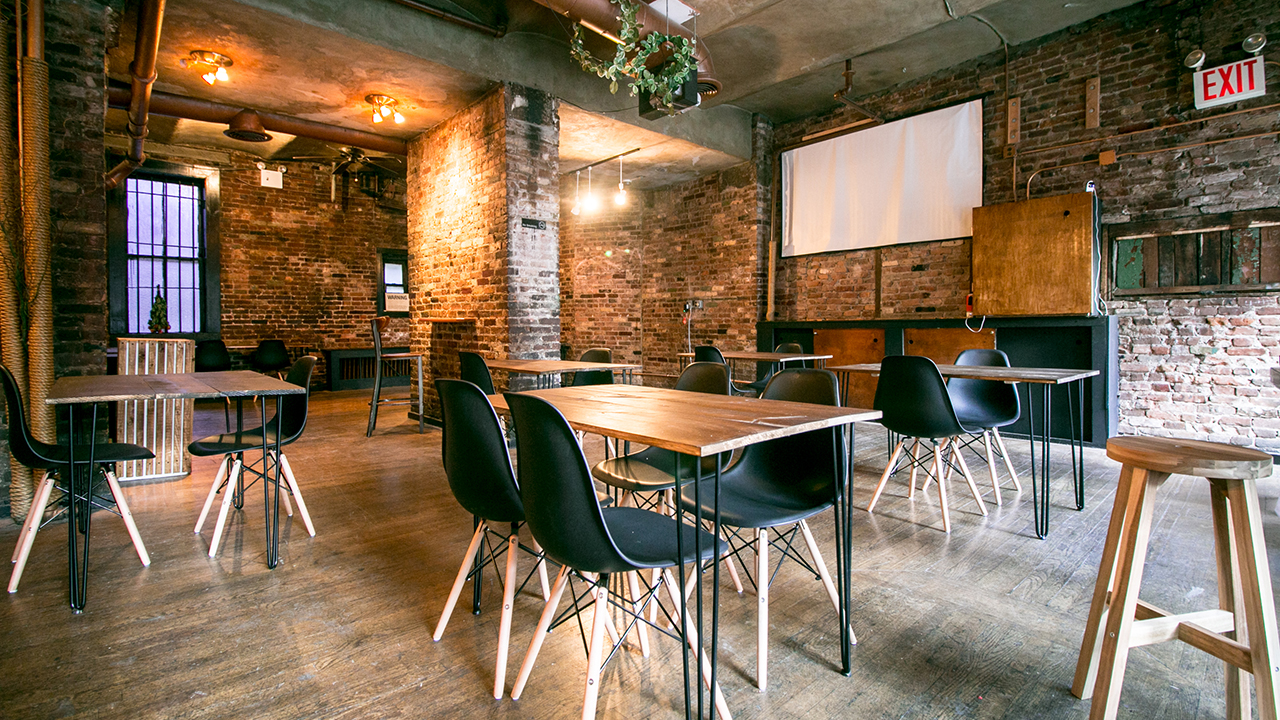Deborah Klens-Bigman, Ph.D. ◆ December 9, 2015
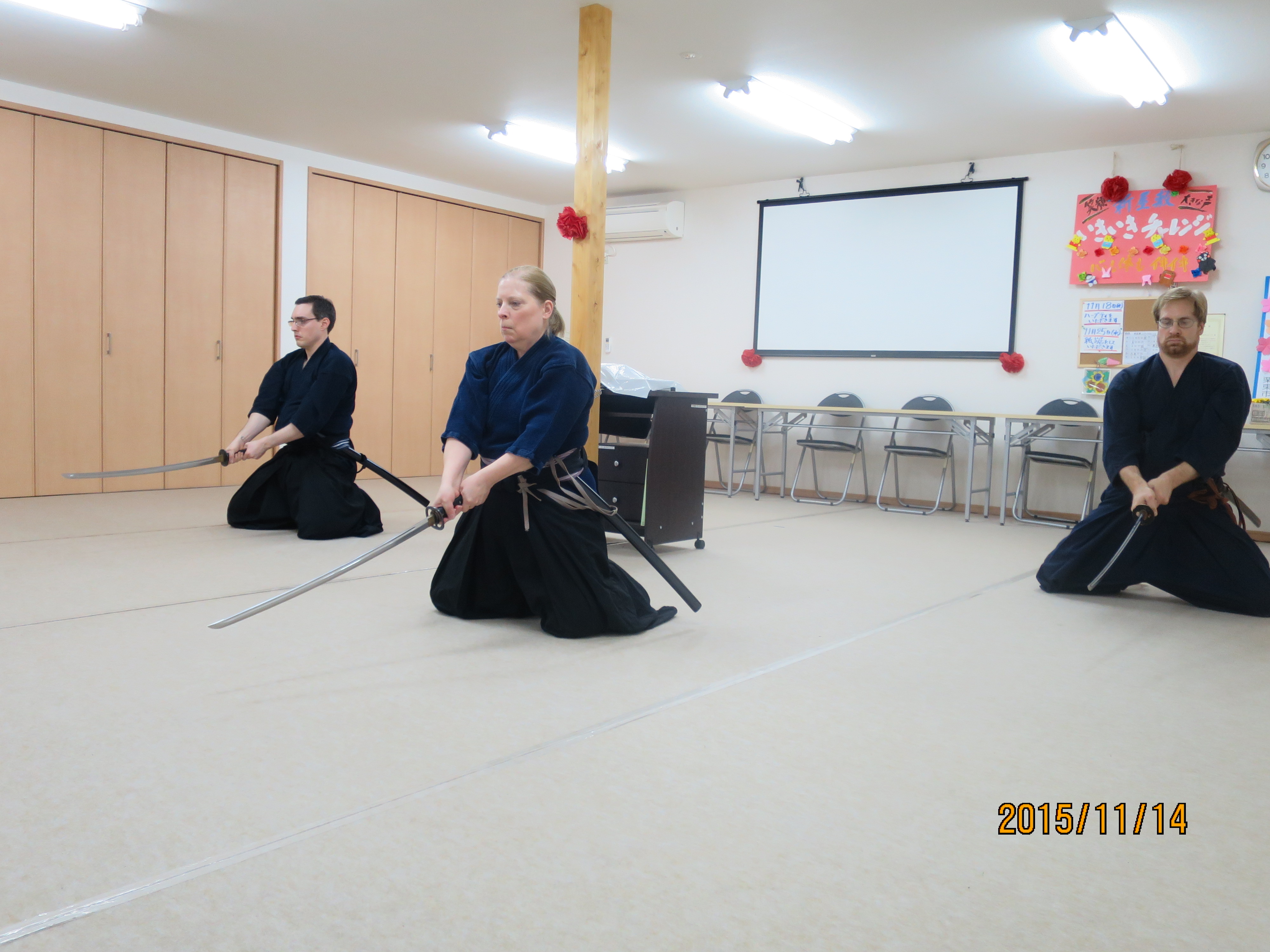
I have been in Japan for the past 10 days or so. During that time I have spent a week shepherding six budoka around the Kansai. Including my co-organizer, we had more than 100 combined years in various modern martial arts (e.g., karate, judo) and koryu Budo (iaido, jodo). For some people, it was their first trip to Japan; others had some previous experience traveling and training. The tour included some sightseeing, a short stay at a hot spring resort, a visit to a sword maker, and some introductory koryu Budo training.
With all of that experience, you would think training in Japan would not be that difficult to adapt to, but you’d be wrong. I found it instructive seeing how the group members’ previous experiences both helped and hindered them (at least temporarily). While some aspects of their previous experience were helpful, preconceived ideas had the potential to interfere with what they encountered on the trip.
My co-organizer has pointed out (and I have quoted him before) that one of the differences between modern budo and traditional budo is that, in modern styles, you can adapt what you learn to yourself, whereas in traditional styles, you must adapt yourself to the tradition. Group members whose predominant previous experience was in modern styles had the most trouble picking up the traditional teaching because they were constantly trying to relate it to their own experience; however, for them, there really was no good way to do so.
This was particularly true in jodo training. As I have written before, the sune used in jodo has no reference points – it’s just a stick – a simple, approx. 1″ in diameter, 4-1/2 foot long stick. Learning to use it properly requires years of practice, and includes, among other things, letting go of everything you think you already know – about timing, about strength, even, seemingly, about physics. In some ways, the jodo training was a good metaphor for the tour experience. The group members who did the best, including the two iaidoka, were those who were able to put aside their previous experience and concentrate on what they were being shown.
That’s not so say that previous budo experience was not helpful. Everyone in the group knew certain behaviors in common – how to bow and when to take off shoes, for example. That sounds simple, but, if you have never been to Japan, ask yourself if you would know when to do which things. Bowing in particular is not what you think – the depth of the bow and the length of time to remain bowing depend entirely on what (or whom) you are bowing to. In most traditional dojo, the longest bow is for the shinzen or kamidana. Not sure? How to do you know? Keep your eyes open during your bow and watch what the experienced students do. In any case, it’s usually considered rude to come up from a bow before the senior students and teachers do.
Taking off shoes is perhaps a little easier, but not always. Look for clues. Are there “shoe boxes” (compartmentalized shelves lining a wall where people can put shoes) available? Shoes off. Is there tatami (rice straw mats)? Shoes always off. Again, not sure? Watch what other people do; and remember just because you are a foreigner and/or a guest does not mean you can be rude.
Experienced budoka, regardless of style, know how to respect rank and, most importantly, how to show gratitude to the teachers and senior students who were instructing them. As I keep telling my American students – you may not know the techniques being taught, but good manners in the dojo will take you a long, long way.
With special thanks to my Colleague, Peter Boylan.
